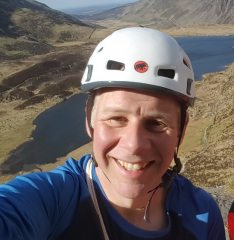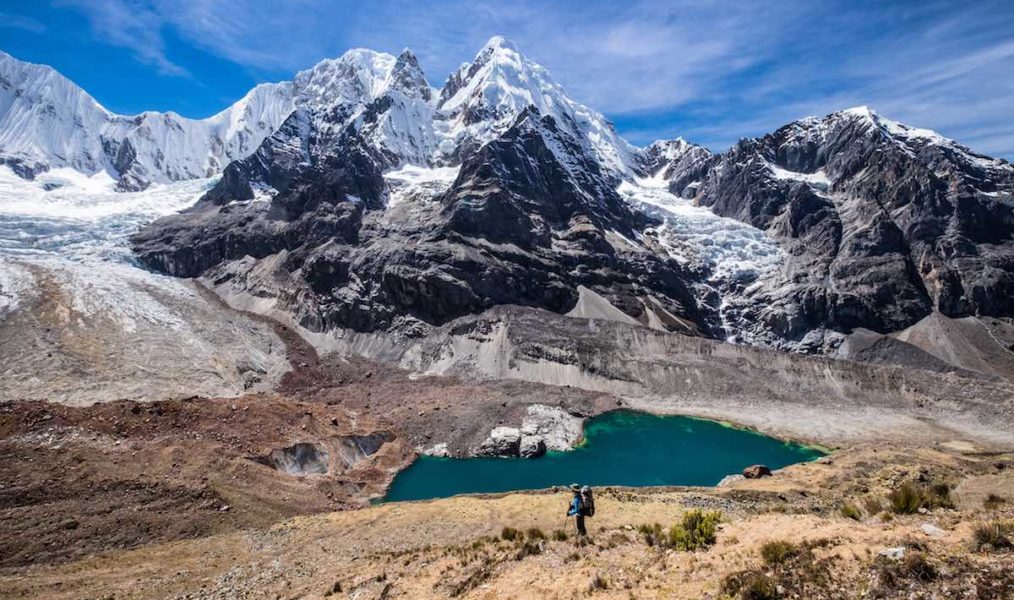In the first of a new series, Will Legon advises first-time trekkers on what to think about when choosing a trek…
The first trek you ever embark on will probably involve more anticipation and excitement than your first childhood Christmas, cost more than a cheap second-hand car, and put you in the company of a bunch of unwashed strangers for the best part of two weeks who may or may not have a great line in conversation. If you’re one of the many on the cusp of joining this elite group of adventurers looking to explore another dimension to our planet, here are some top tips to ponder before you tread the first step.
How long to go for?
An ideal world rarely exists where we can choose what we want to do when or for how long. Family and work life has a habit of calling the shots, and if it’s not one of those it’ll be the climate, the cost or the political situation that play their parts. Before we consider any of them, you should think about how long you want to embark on your first trek for. Keeping it simple and ruling out logistical aspects such as resupply of provisions for example, the answer to how long essentially boils down to how long you can walk for and potentially how long can you bear your own company if indeed you’re planning to head out on your own. If you’re already a seasoned walker and you see this as a chance in a lifetime then a trek spanning 7–14 days should open up many options. If you’re not sure walking is your thing, maybe limit this first experience to four days to a week maximum. Additionally if you’re not sure that trekking will be for you make sure the trek that you choose has get out/head back options that can be taken along the way.
How long you wish to walk for combined with how long you get for leave from work, family etc. then plays its part. If you only get two weeks leave at any one time this means you could probably manage a 12 day trek locally (Europe) or a 9 day trek further afield taking into consideration travel time, jet lag and maybe an unforeseen extra day along the way – which is important to factor in for travel to developing countries. So for example, two weeks with a trip to Nepal opens up the Annapurna Base Camp trek, or the Langtang trek – but wouldn’t be enough for Everest Base Camp nor for the Annapurna Circuit.
When to go
The time of year that you’re free to travel must be the next factor to think about. Combine your skill-set with the climate and you have the next set of limiting factors: you don’t want to turn up to India during the monsoon season or the High Atlas Mountains in Morocco during winter without the skills to use a pair of crampons and an axe. The internet is a quick and easy way to look up what the weather’s doing – for example see www.climatemps.com. Research this and you’ll see that during the summer months Nepal is wet and full of leeches, Peru and Europe are just about right, and North Africa is too hot. Remember also to consider the altitude you might be going to as well as the climate. Wet weather at sea level often translates to piles of soft impenetrable snow in the mountain tops. Another good research tip is to see when the big travel operators go to places – chances are their most expensive trips for a given location is when you’ll find the best weather!
Define what you want from your first trek
What are you looking for from this trip? Have you got a theme or a focus? For some trekking to the top of Kilimanjaro is a theme that appeals. Everyone knows it and as Africa’s highest mountain it is an easily defined objective. If however your aim is to climb a wonderful African mountain that offers a variety of routes with fewer tourists about then maybe Mount Kenya is the way forward for you. Thinking about what you want from your trek will help you to narrow down a better experience that can be tailor made to
your objectives.
Developing world or developed world?
This also extends to whether or not you should be heading to the developing world or not. If you’re willing to be a bit more adventurous, once you’re in country you’ll get far more bang for your buck in the developing world. Ok so it’s likely to be too hot, or too cold, or both. It’s very likely to be unclean and a bit smelly in the city where you first land and quite possibly the joys of travel sickness will prevail at some point. A lack of basic amenities would be the cue for some people to turn about and to head straight back home but for me, for you, this should be part of the whole adventure. Once you embrace problems and accept that there will be delays and setbacks along the way – life in the developing world becomes much more bearable and better than that it becomes exciting! A sense of humour, a philosophical attitude and a spare ten dollar bill go a long way to enjoying all that such a destination can present you with.
Trekking in the developed world can also take you some wonderfully remote locations – the Highlands of Scotland being one such fine example. Even if the destination is costlier, the actual cost of travel to a place closer to home is far cheaper. However a key factor that may rule out one trek in a favour of another is the lack of local support. If I lead a trek in Nepal , Morocco or Peru I know that local porters or mules can be easily arranged at affordable prices to carry our luggage. In New Zealand for example, there is some wonderful wilderness to explore but you’ll have to do the hard work of carrying your pack yourself.
Is the destination safe?
Before you commit and hand over hard earned cash (or swipe your plastic) to the likes of Expedia.com for your flights to the back of beyond check that the location is currently a safe place to be. A first port of call is look up country specific advice on the Foreign and Commonwealth Office (FCO) website where for example you’ll learn if there’s a civil war about to kick off or more likely if the city where you’ll be landing is the world trade centre for car-jackers and kidnappers. Similarly be careful not to be too easily put off. Often a single region of a country might be dangerous but the remaining parts are perfectly safe.
Research online
So you know how long you can go for, when you can go, how hard you want it to be and if you can embrace life on a seatless toilet for the duration of your holiday, or not. What’s next? The internet is where I suggest you look. For classic well known treks and more besides look at the big travel companies and see what they’re selling. If you’re a fit person you might find that you can scale down the time those companies allocate to a given trek and do it quicker yourself. Use Google and search for the same treks elsewhere – you’ll always find variations of a theme – one of which will suit you best.
In order to take yourself off the beaten track, you will need to head to the forums or social media for niche or localised advice. Get advice, tips and ideas by searching and asking questions on websites on some of the leading outdoor travel websites, however, try to steer clear of Top 10 ‘must do’ type lists – they’re hugely subjective and in my experience rarely are they researched with any substance or depth. My own experience would also suggest that you should be wary of the big obvious classics which are forever overly-populated and expensive. Instead take the time to see what else is about in the same region and the chances are you’ll enjoy a better trek for less money with fewer people!
Debutantes to this world of trekking have a lot to contend with, and as much as you will find yourself entering an elite gang it doesn’t need to be tough going. Don’t allow worries about fitness or experience put you off: somewhere in the world is your first trek. When you find it, as much as you thought this might be a one off trip of a lifetime, you will find that actually you’re hooked! Now get out there and start this wonderful journey with some research and planning. Good luck and bon voyage!
PART 2: We take a look at the training you should do before setting out on your first trek.







